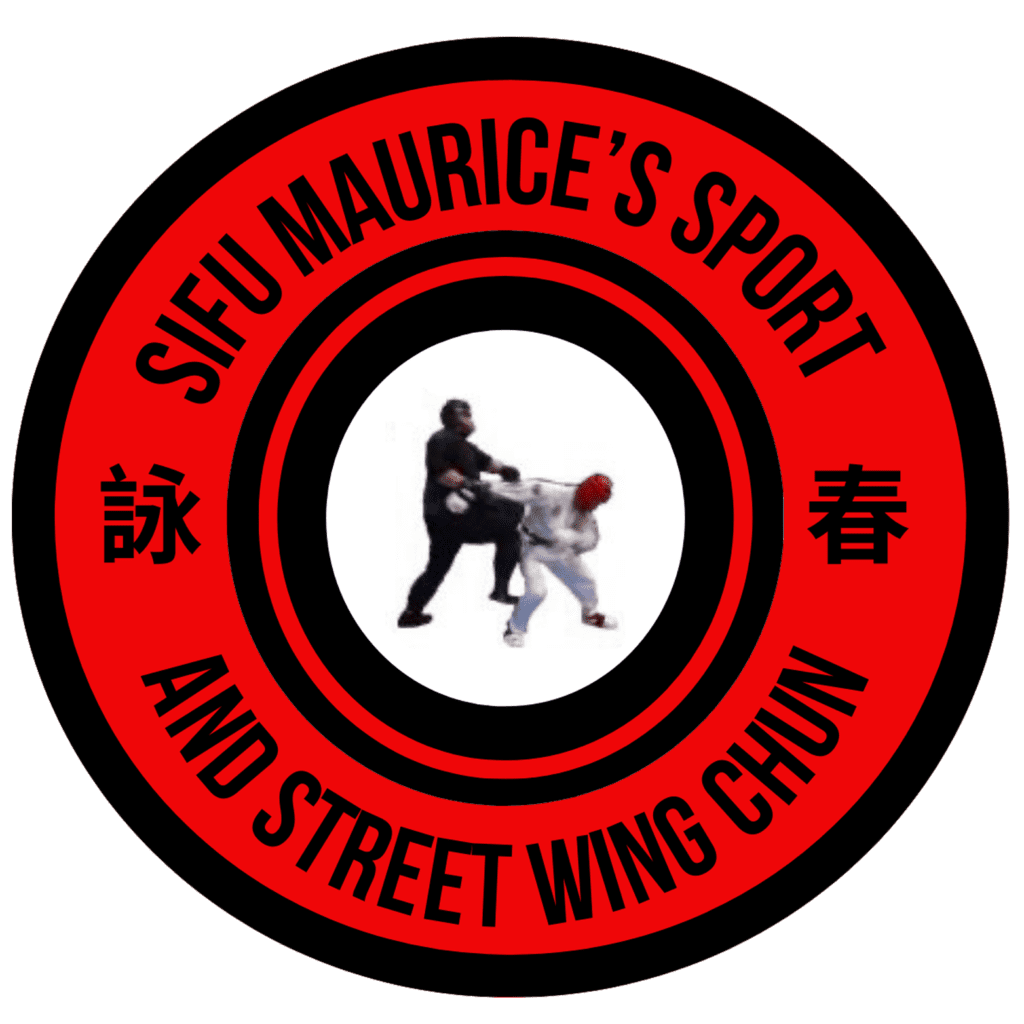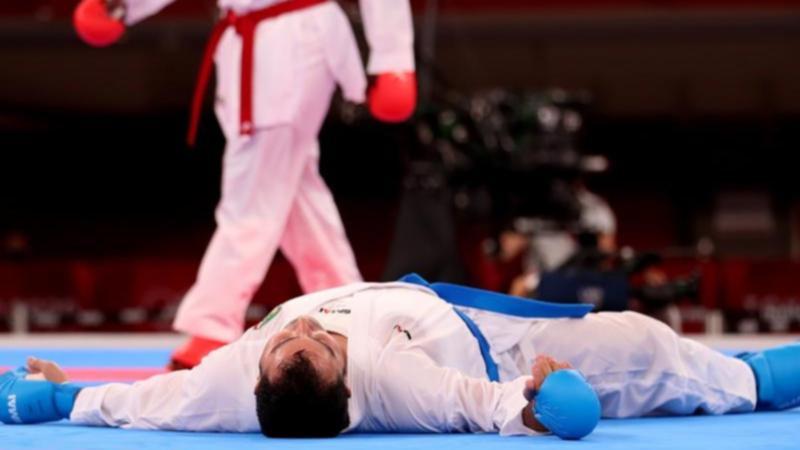Does Wing Chun have weaknesses?
By Maurice Novoa a master under the Yuen Kay Shan, Ip Man and Pan Nam lineages.
Analyzing and Addressing Potential Weaknesses
Introduction
Wing Chun, a popular Chinese martial art, has gained recognition for its practicality and effectiveness in self-defense. While it is renowned for its strengths, it is essential to objectively examine any potential weaknesses. In this article, we will explore the potential vulnerabilities of Wing Chun, shedding light on areas that practitioners and enthusiasts should be aware of.
-
Limited Range of Techniques
One aspect that critics point out is the relatively narrow range of techniques in Wing Chun. Compared to other martial arts, Wing Chun focuses on close-quarters combat and lacks extensive kicking or grappling techniques. While the art excels in close-range situations, its effectiveness may be limited in scenarios requiring long-range strikes or ground fighting.
-
Vulnerability to Multiple Opponents
Wing Chun’s training primarily involves one-on-one engagements. While the art form equips practitioners with exceptional defensive and offensive skills in single combat, it may pose challenges when facing multiple opponents simultaneously. Dealing with multiple attackers necessitates a different set of strategies and adaptations that may not be explicitly emphasized in Wing Chun training.
-
Lack of Competitive Framework
Wing Chun, being primarily a self-defense system, does not have a standardized competitive framework like other martial arts such as boxing or Brazilian Jiu-Jitsu. While this absence of competition allows practitioners to focus on real-life self-defense skills, it may limit opportunities for pressure testing techniques in a controlled and competitive environment. However Anthony Arnett’s Sport Kung Fu is designed for competition, it uses specific techniques from Wing Chun that are optimized for tournaments. His style of Wing Chun has been proven in Arnett’s tournament success since the mid 1970’s until present day.
-
Limited Ground Fighting Techniques
Ground fighting, a critical aspect of self-defense, is relatively less emphasized in traditional Wing Chun training. As a result, practitioners may face challenges when confronted with opponents who are skilled in ground fighting or grappling arts. Supplementing Wing Chun training with ground fighting techniques from disciplines like Brazilian Jiu-Jitsu can help address this potential weakness.
-
Vulnerability to Long-Range Attacks
Due to its focus on close-quarters combat, Wing Chun may have limitations when dealing with opponents who can effectively employ long-range strikes or weapons. Maintaining a safe distance and effectively countering long-range attacks may require additional training and adaptability beyond the core principles of Wing Chun. Although the Pan Nam and Sum Nung lineages of Wing Chun have what is called a chicken wing bon sao which is a block designed to deflect a person charging at you.
Conclusion
When evaluating different martial arts, it is important to take an objective view of their strengths and weaknesses. One particular discipline, known for its focus on close-quarters combat, limited range of techniques, potential challenges in scenarios with multiple opponents, and comparatively less emphasis on ground fighting, merits careful consideration. Nevertheless, it is crucial to acknowledge that this martial art remains a viable system for self-defense, prioritizing efficiency and practicality.
To address the potential weaknesses, practitioners can enhance their training by incorporating elements from other martial arts or seeking specialized instruction in areas like long-range strikes, ground fighting, and dealing with multiple opponents. Additionally, the ongoing evolution of this martial art and its integration with other disciplines enable practitioners to adapt effectively to various situations.
In conclusion, while this particular martial art may have some inherent weaknesses, a comprehensive training approach can mitigate these limitations. By recognizing these aspects and actively working to overcome them, practitioners can develop a more versatile and effective skill set within this martial art, empowering them for self-defense. It is important to emphasize the significance of continuous self-assessment and adaptation for any martial art to thrive in diverse real-world scenarios.

